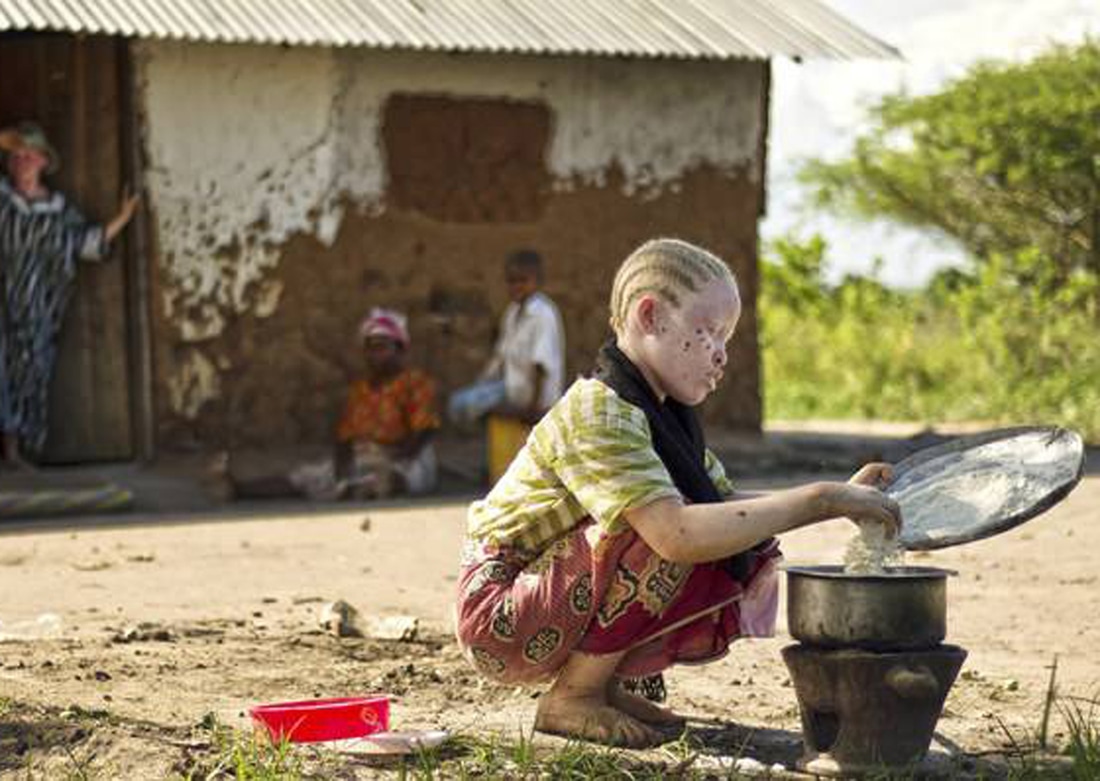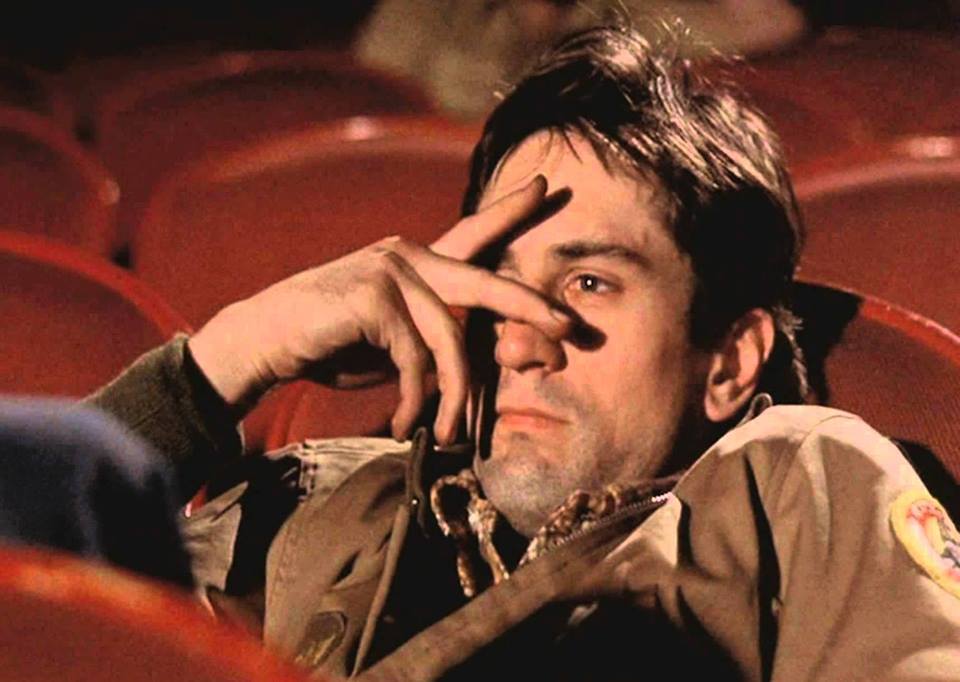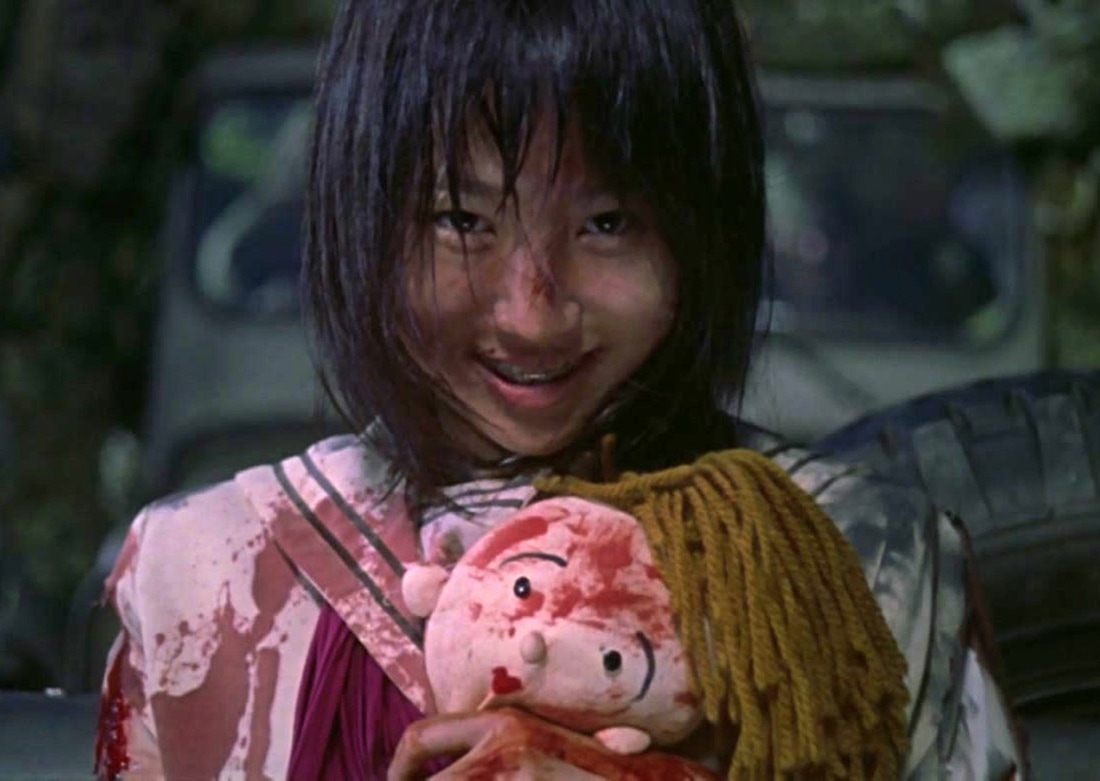curator's noteFor the final MUBIVIEWS of the summer, our writers to consider Vic Sarin’s THE BOY FROM GEITA (2014), a harrowing documentary that examines albinism within Tanzanian culture and the people that are persecuted because of it. DEATH OF THE AUTHORSUMMER MANNINGTHE BOY FROM GEITA (Vic Sarin 2014) features testimonials from people with albinism who have suffered persecution and physical violence. In the documentary, the eponymous boy, Adam Robert and a Tanzanian woman named Mariamu Staford both describe how they were mutilated. The audience later learn that this was part of the barbaric industry of witchdoctors using albino body parts to create strong potions which superstition dictates will bring luck and wealth. The director intended to build tension by cutting between Adam and Mariamu’s stories, however this is disorienting for the viewer. While the editing of the piece causes confusion throughout, it is especially prevalent in the recreations of the violence. Recreated scenes are used to present the events that Adam and Mariamu describe, such as point of view shots of an attacker with a weapon walking through a house which are intertwined with the narration. As the editing quickly cuts between them, it becomes increasingly difficult to understand the nuances of the individual stories. While Sarin perhaps chose this technique to illustrate the similarities between the stories, it is ineffective and may have had a bolder impact had the interviews been shown one after the other as it would make more sense to the audience. THE BOY FROM GEITA suffers from issues with editing from the beginning. Key figures are suddenly introduced and each simply begin by talking, with little initial explanation as to who they are or where they fit within the narrative. It is detrimental to the film that the details of each person’s significance are revealed gradually. This is unconventional for a documentary and off-putting as it defies audience expectation of the genre in a jarring fashion. Sarin’s reasoning for making those editing choices no longer matters when the final product is delivered to the audience, as we all take our own interpretations from the text. Attempting to evoke sympathy, THE BOY FROM GEITA’s illogical editing style only manages to confuse its viewer. Every day this week a different writer will provide their perspective on our MUBIVIEWS film and each post will be open to comments from our readers. Watch THE BOY FROM GEITA on mubi.com until 13 July 2017 and join the discussion!
0 Comments
curator's noteThis week our writers return to MUBIVIEWS with the classic American vigilante film TAXI DRIVER (Martin Scorsese 1976). As a regular favourite on lists of the greatest film of all time, what will our writers make of this critically acclaimed Neo-noir. TAXI FOR ONEMatthew WearsLoneliness is a theme that can be extremely difficult to portray on the silver screen as it often relies entirely on both the actors performance and the space given to them by the camera to allow an audience to fully understand a character’s feelings. Director Martin Scorcese explores this masterfully and extensively in his 1976 neon-laced noir, TAXI DRIVER, a film where cinematography plays an enormous role in creating the distance between Travis Bickle (Robert De Niro) and the gloomy, bleak streets of 1970s New York City. Michael Chapman’s camera work constantly emphasises Bickle’s isolation within his surroundings, using techniques and shots that shows him to be the outsider that he believes himself to be. The film is doused in shots that directly inform the complex, twisting narrative, however none more intriguing than the slow and rather unconventional tracking shot in which Travis pleads to Betsy (Cybil Shepherd) to give him a second date having spectacularly blown his first one. The camera shifts from initially framing Travis, tracking right until he is left off screen to show nothing other than a dull, desolate hallway leading out into the dark and dangerous New York streets. This is a visual representation of the remoteness that Travis feels, even when surrounded by one of the most iconic cities he finds himself alone. He is around the corner, hidden from the outside world, perhaps a metaphor questioning the ex-marine’s sense of existence after serving in the Vietnam war. TAXI DRIVER is a film created with such astounding attention to detail, that every shot can be analysed in order to gain a greater understanding of the psyche of enigmatic anti-hero, Travis Bickle. Every shot has significance in constructing the warped and lonely world in which he lives, and only a handful of films use camerawork in such a visually expressive manner. It is for this reason that this landmark New-Hollywood film projected both director and lead into stardom, cementing itself as one of the most enthralling character studies ever produced. Every day this week a different writer will provide their perspective on our MUBIVIEWS film and each post will be open to comments from our readers. Watch TAXI DRIVER on mubi.com until 4 July 2017 and join the discussion!
curator's noteThis week our writers delve deep into the brutal fight for survival in their exploration of Kinji Fuasaka's Japanese teen-horror BATTLE ROYALE (2000). AN AGE-OLD BATTLESTEVEN FEGANThe young-adult dystopian movie boom of the past ten years in mainstream cinema has often followed similar tropes that have proven successful, both financially and through audience reception. Films such as THE HUNGER GAMES (Gary Ross 2012) and THE MAZE RUNNER (Wes Ball 2014) have depicted dystopian worlds where the teen heroes are the puppets and the adults are their puppet masters. BATTLE ROYALE (Kinji Fukasaku 2000) uses a similar approach and was one of the first to do so. Following the release of THE HUNGER GAMES, the Japanese film ushered in an age of young versus old and has seen a resurgence in popularity; it was the exceedingly violent film that mainstream audiences had hoped THE HUNGER GAMES would be. BATTLE ROYALE includes metaphorical undertones of young people navigating an adult-controlled world to create a relatable, albeit excessive, version of contemporary society. Here, decisions about the future lie in the hands of adults. The young have little choice but to follow. Part of the enduring appeal of films such as BATTLE ROYALE stems from placing young adults as the protagonists, guaranteeing a large demographic. It also represents their insecurities as children in an adult-controlled world that is presented in a highly stylised, dystopian environment created by adults. This is not too dissimilar to modern society where decisions are made by an older generation yet it is the youth who will ultimately navigate the world that has been created for them. With rumours of censorship in various countries including the US and Canada, BATTLE ROYALE remains a relevant film from a societal perspective since its mainstream resurgence. Banned to anyone under the age of 15 after its release in Japan, the film's controversial themes and its difficulty in reaching a mainstream audience only solidify its cultural significance. Such censorship is controlled by adults; the primary demographic - young adults - suffer the consequences as a result. Every day this week a different writer will provide their perspective on our MUBIVIEWS film and each post will be open to comments from our readers. Watch BATTLE ROYALE on mubi.com until 30 May 2017 and join the discussion!
|
MUBIVIEWSOne MUBI film, five perspectives, endless possibilities. Archives
July 2017
Categories
All
|





 RSS Feed
RSS Feed
